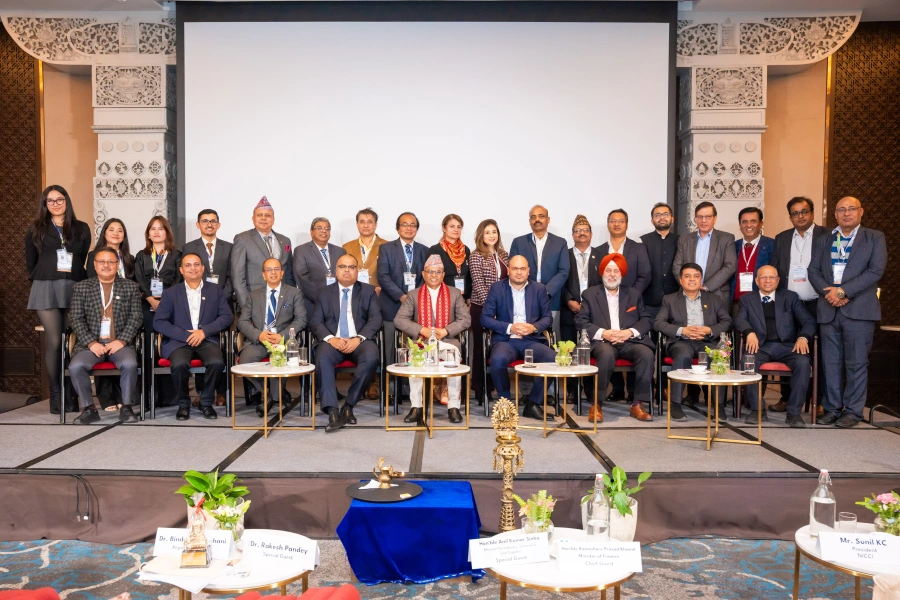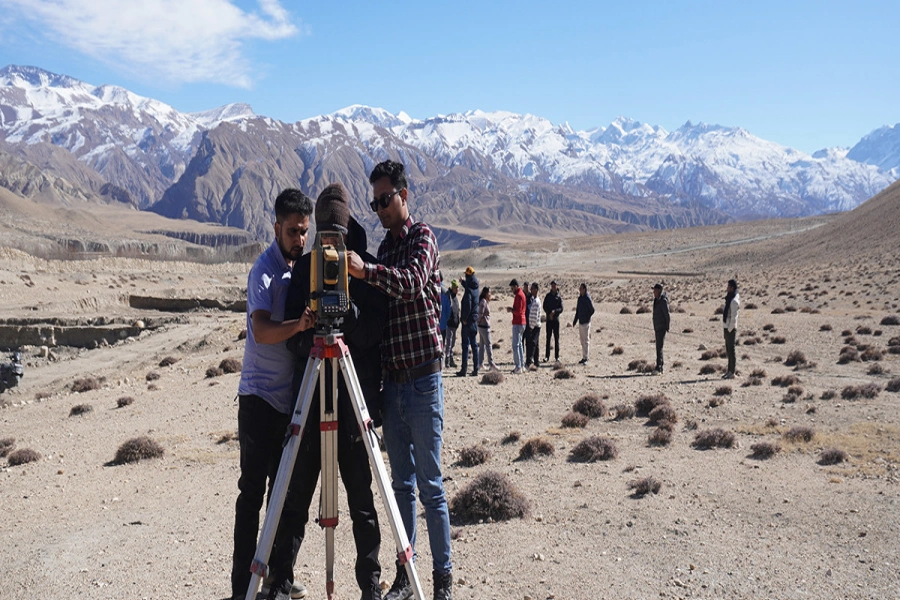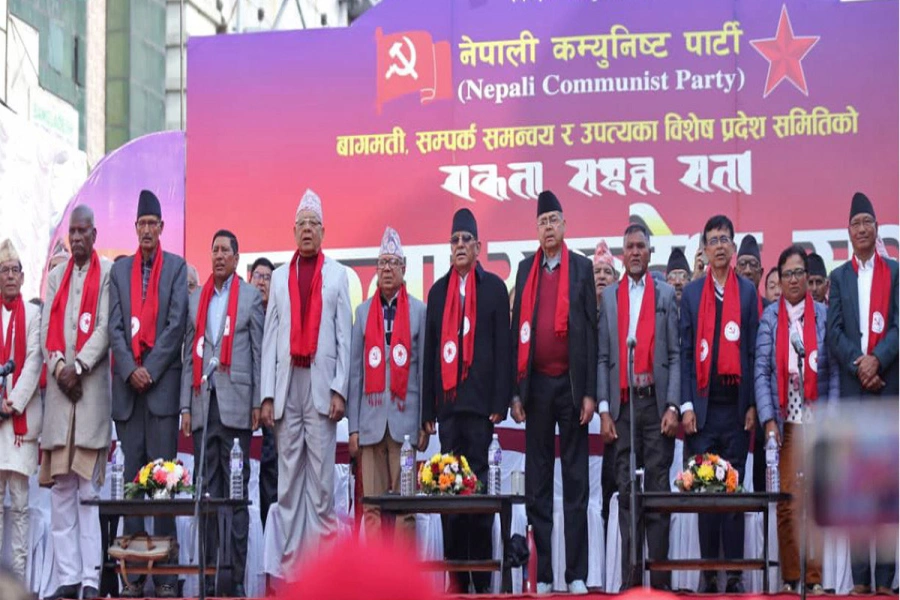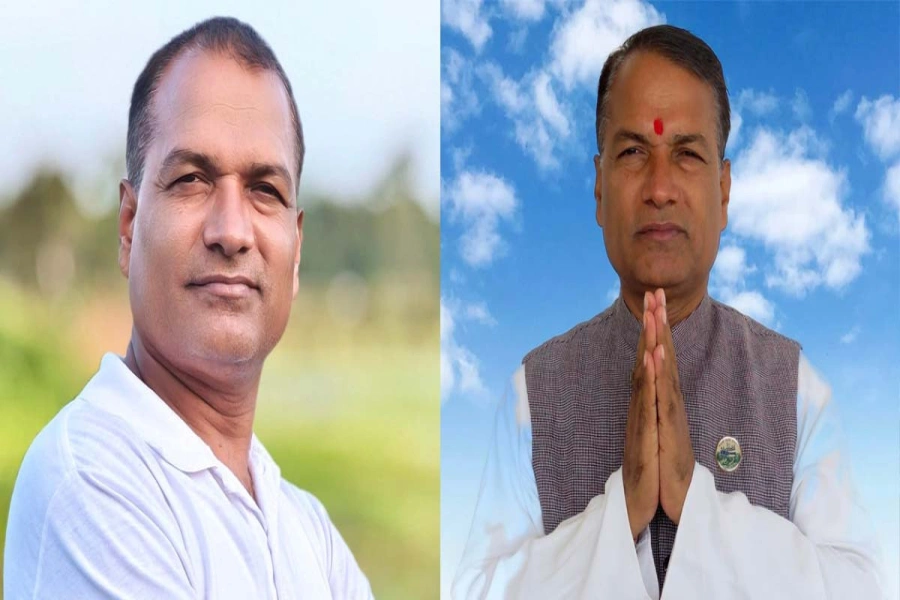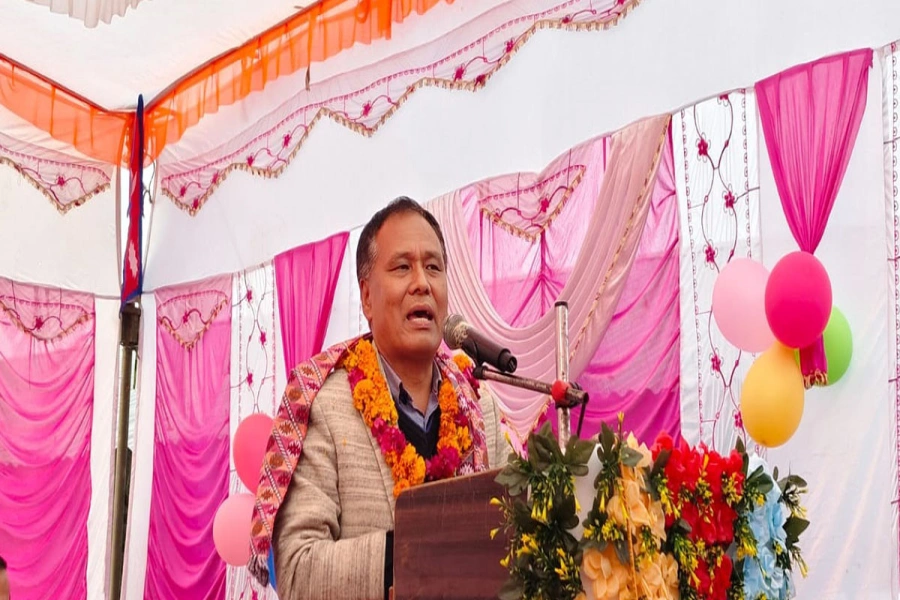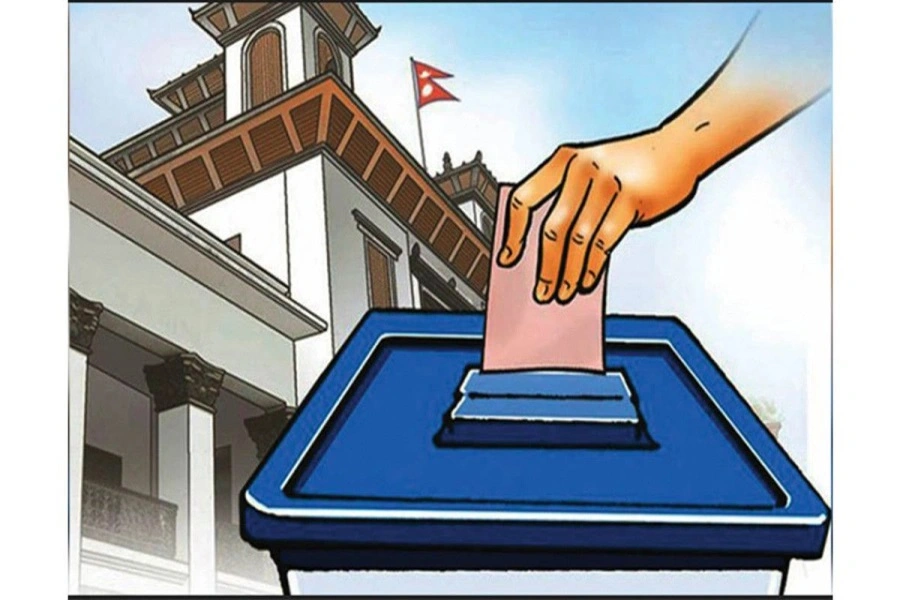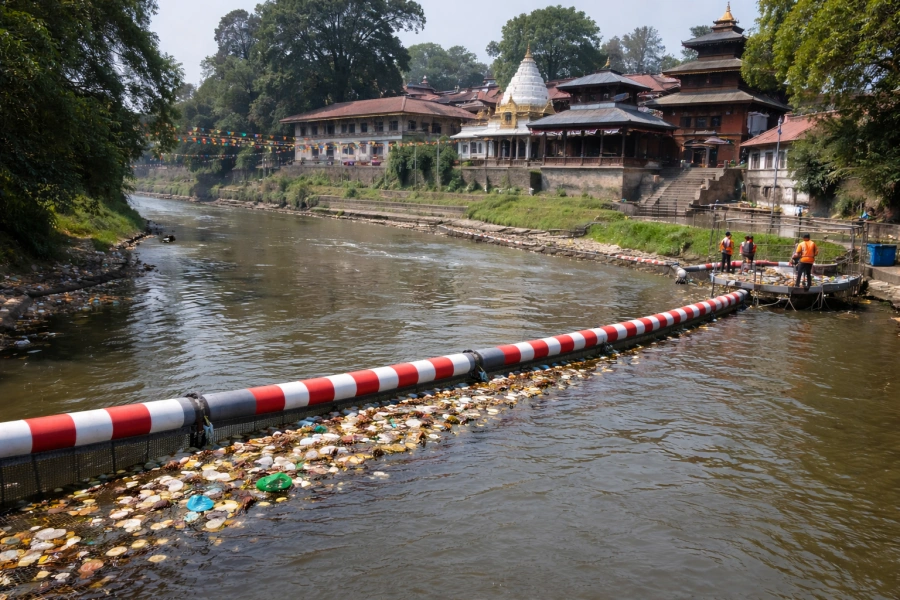810 patients seek snakebite treatment in four months
ITAHARI, Aug 26: With each passing year, the number of people seeking treatment for snakebite at the Community Snakebite Treatment Center (CSTC) of Itahari has been increasing. In the four months after the beginning of the Nepali New Year, 810 patients have come to the center to get treated for snakebites.
Reportedly, 373 of them were males while 437 of them were females. However, only 66 of them were the cases of venomous snakebites. According to the officials at the center, the number of snakebite patients is high especially in the monsoon. Established in the year 2012, CSTC has been providing treatment to snakebite patients under the leadership of Dr Sumana Thapa.
Snakebite treatment centre treats 1,407 cases in a year

Nepal Army has been deploying a medical team and providing anti-snake venom while CSTC has been managing physical infrastructures and equipment required for the treatment.
Since its establishment, 8,287 patients have received treatment for snakebite from here. As per the details provided by the center, 1,407 patients were admitted in the center after being bitten by snakes in 2017. Likewise, in 2016, 1,542 patients received treatment for snakebites.
Mostly, women are prone to snakebites as they are more involved in household as well as field works. According to Topraj Kafle, technician at the center, most patients come here from few of the Indian villages and eastern hilly districts as well as rural parts of Tarai. "There are some people who still rely on traditional treatment methods to get rid of snake poison," said Kafle. A few weeks ago, Pradip Ghimire of Morang, Sundarharaicha-6 was suggested by some locals to rub kerosene and eat chilly after being bitten by a snake. As that did not provide any relief and instead made his wound worse, he reached CSTC. Though he arrived at the center late, the doctors were successful in treating him.
A large number of people lose their lives to snakebites in lack of timely treatment.
Not all hospitals have anti-snake venom even though the government has been providing such medicines free of cost. Delay in reaching the hospital, lack of medicines and tendency to use traditional medicines is the reason why people die of snakebites.




